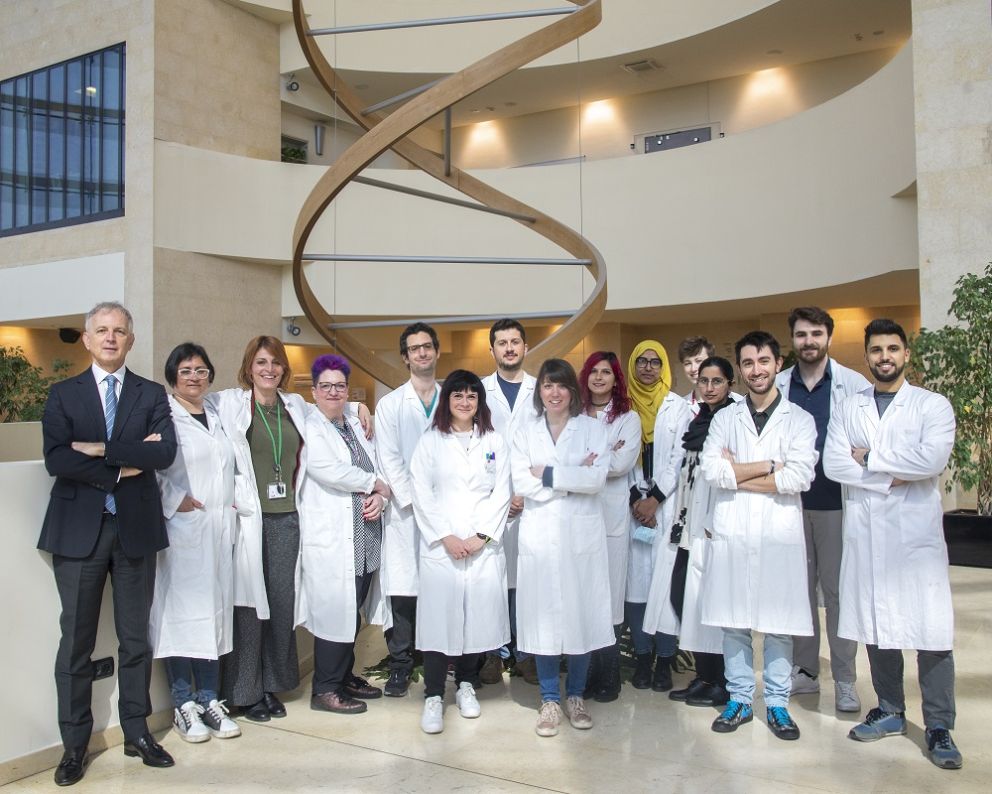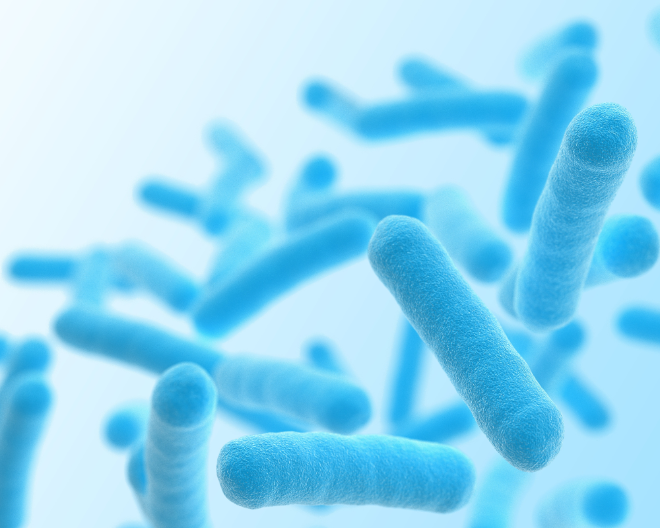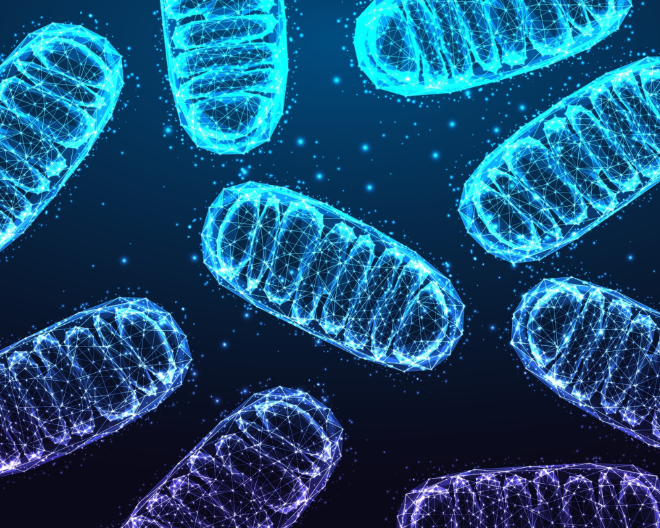
Researchers at the San Raffaele-Telethon Institute for Gene Therapy designed and tested a new protocol that is both safer and less debilitating, expanding the potential applications of gene therapy to blood disorders
In a study published today in Cell, a group of researchers working at the San Raffaele-Telethon Institute for gene therapy (SR-Tiget), led by professor Luigi Naldini, showed how to overcome the main barrier limiting the application of stem cell-based gene therapy: the administration of chemotherapy drugs before infusing the genetically corrected cells into patients.
In the experiments conducted thanks to the support of Telethon Foundation, SR-Tiget’s researchers combined molecular approaches and innovative techniques based on messenger RNA to design and test a new therapeutic protocol – for now still experimental – both safer and less debilitating than the usual one, promising to increase the number of patients and diseases for which gene therapy could be a concrete option.
The results obtained represent a milestone for the application of gene therapy and pave the way towards therapeutic regimens that no longer involve the use of chemo or radio therapy, thus minimizing short and long-term side effects caused by the high toxicity of such treatments
-- comments Luigi Naldini, director of SR-Tiget and full professor of Histology and Gene and Cellular Therapy at the Vita-Salute San Raffaele University in Milan.
The role of chemotherapy in gene therapy protocols
Gene therapy aims to correct the function of a defective gene in "diseased" cells by transferring in these cells a correct and functional copy of the same gene. In the context of hematological diseases, a typical gene therapy protocol involves three phases: the collection of blood stem cells from the patient, their genetic correction in the laboratory and, finally, their re-infusion (or transplant).
In the first phase, the patient is subjected to a drug regimen that pushes blood stem cells outside their niche in the bone marrow and into the bloodstream. This treatment is also known as “mobilization” and it is generally very well tolerated. Once in the blood, the stem cells can be collected, purified and transferred to the laboratory, where they are genetically corrected with lentiviral vectors for gene transfer or with CRISPR editing procedures.
Before being able to transplant the corrected cells, however, it is necessary to “make room” for them in the bone marrow, where they can take root and repopulate all blood cell lines with their corrected progeny. To do that, up until now, the only way was to eliminate all the remaining stem cells still carrying the pathological mutation.
This phase of the protocol, known as "conditioning", is based on chemotherapy or radiotherapy, which are associated with both high and acute toxicity (damage to the mucous membranes, high risk of infections) and long-term side effects (damage to organs, second tumors, infertility).
Since conditioning can be applied only to patients in good enough health and for treating serious diseases, it represents the main barrier to a wider and safer use of stem cells gene therapy: its eventual overcoming has therefore been the mirage of many experimental researches in the last decades.
The new protocol developed at San Raffaele
In our work we have shown how the drugs used for mobilization can, by themselves, create, in a narrow time window, sufficient space in the bone marrow for the engraftment of the corrected stem cells without the use of chemo or radiotherapy regimens.
-- explains Attya Omer Javed, first author of the study.
The idea behind the discovery is to put the corrected cells in competition with those still carrying the mutation, making it more difficult for the latter - and easier for the former - to repopulate the stem cell niche within the bone marrow.
The first step to do it, is to take full advantage of the mobilization treatment: the treatment damages the surface proteins that stem cells use to anchor themselves within the bone marrow, but the researchers observed that these "anchor proteins" are effectively reconstituted in the corrected cells during the culture phase in the laboratory.
If reinfused at the peak of the mobilization treatment, these cells have thus an advantage in occupying the niche compared to those just exposed to the treatment. To further enhance the process, researchers used mRNA technology - the same involved in Covid-19 vaccines – to produce a higher than normal, but still temporary, expression of these anchor proteins.
"We began testing the use of messenger RNA to promote the temporary expression of a gene even before the development of modern mRNA vaccines. Now, thanks to the extraordinary results in terms of efficacy and safety of these vaccines, we can hope for a faster translation of the technology in the clinical setting” explains Naldini.
Using cells from healthy donors, patients and animal models, the research group demonstrated the therapeutic efficacy of the new protocol in an animal model of primary immunodeficiency. The result is the reconstitution of a functional immune response without any need for conditioning, i.e. for chemotherapy or radiotherapy. Subsequently, by applying the protocol in an animal model but with human stem cells, they demonstrated its versatility of application in the context of gene transfer procedures with lentiviral vectors or gene editing with CRISPR, paving the way for a future clinical development.
If the exchange efficiency – between corrected and “diseased” cells – obtained in the experiments were replicated in humans, the protocol could be effective for the treatment of a number of genetic diseases, from primary immunodeficiencies to hereditary anemia to storage diseases, and more, opening new horizons to gene and cell therapy applications.
-- concludes Naldini.
You might be interested in

The microbiome as an ally against myeloma

Intrecci: a UniSR project for more inclusive and accessible cancer diagnosis

A New Approach to Enhance Immunotherapy in Multiple Myeloma
/resolutions/res-c660x528/Pensa_Aorta_Congresso_UniSR-(3).png)
